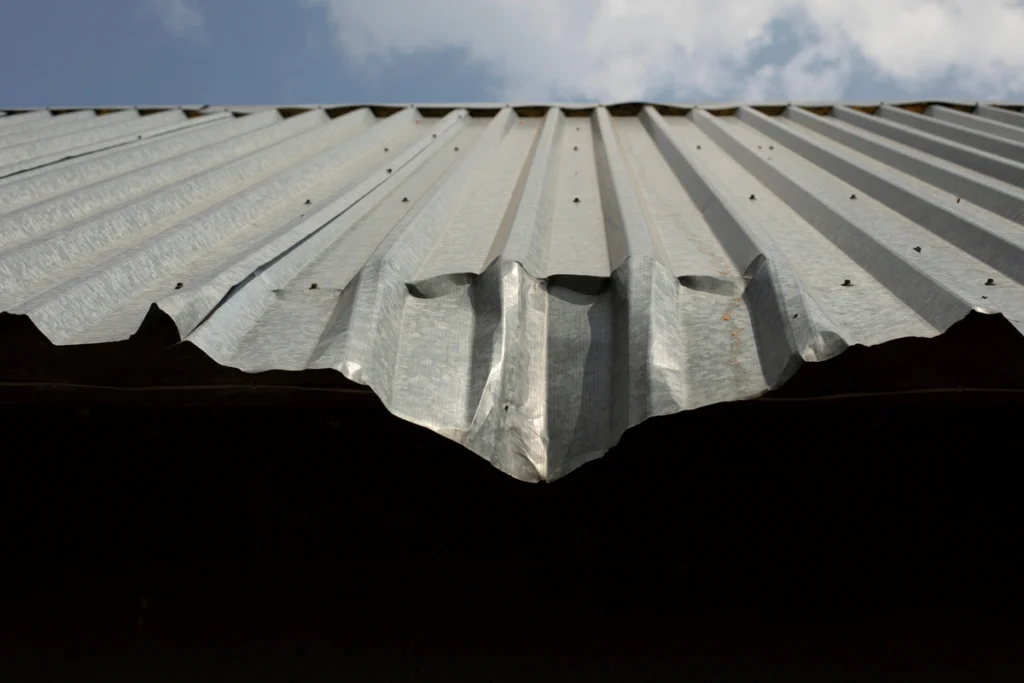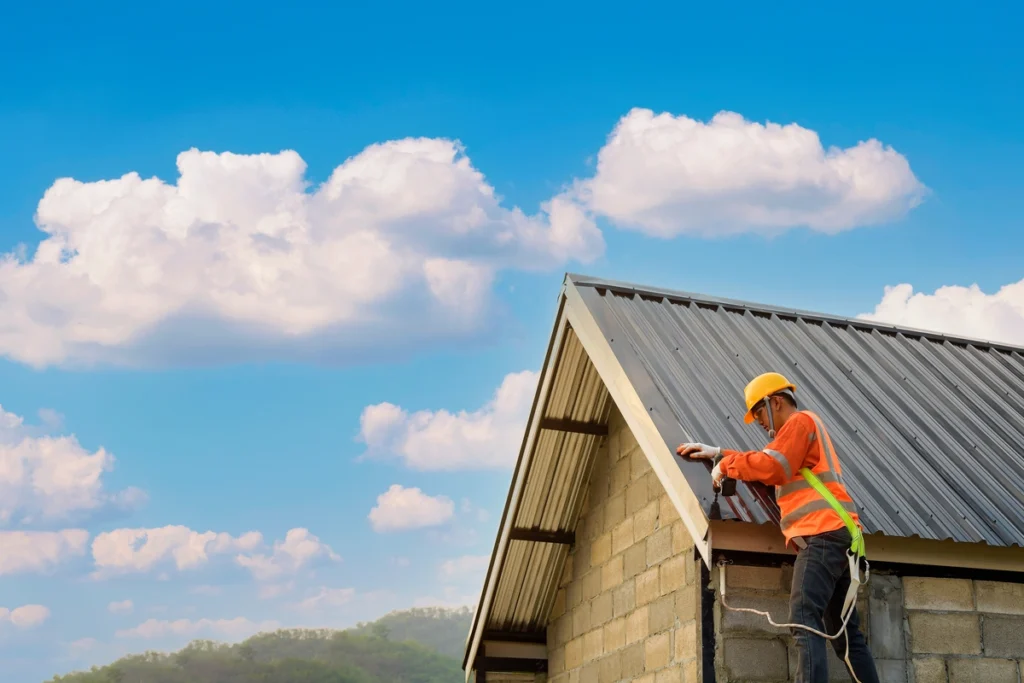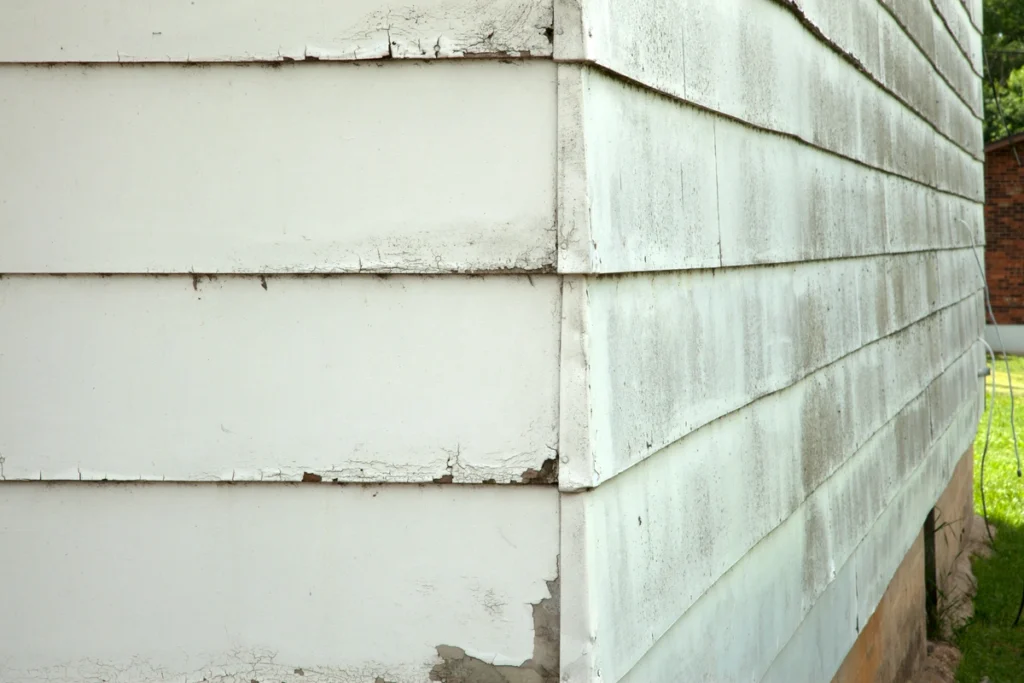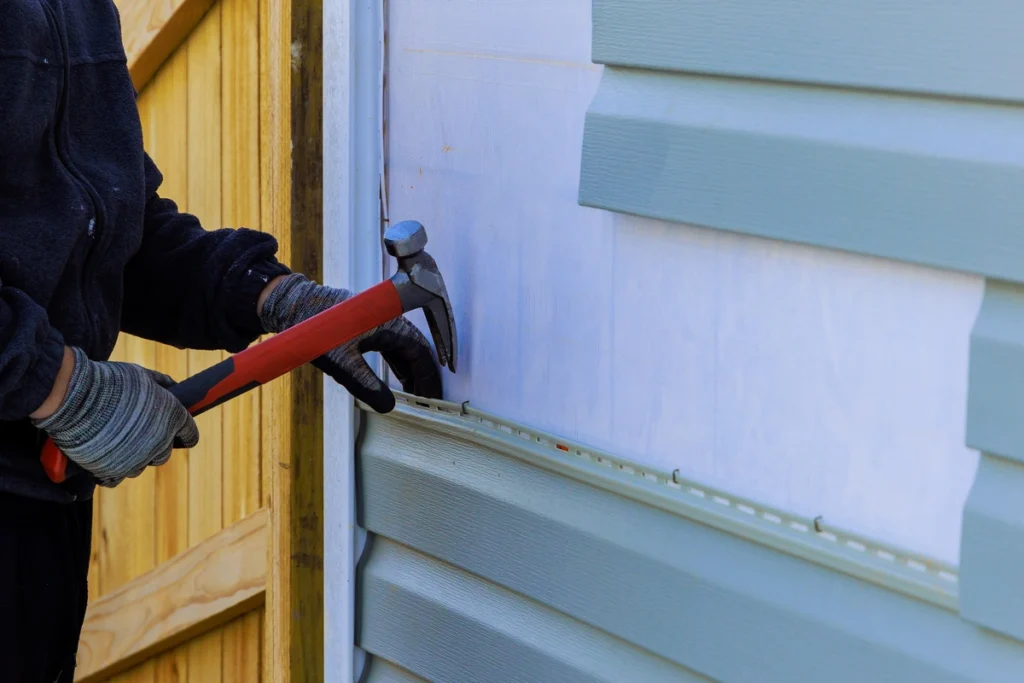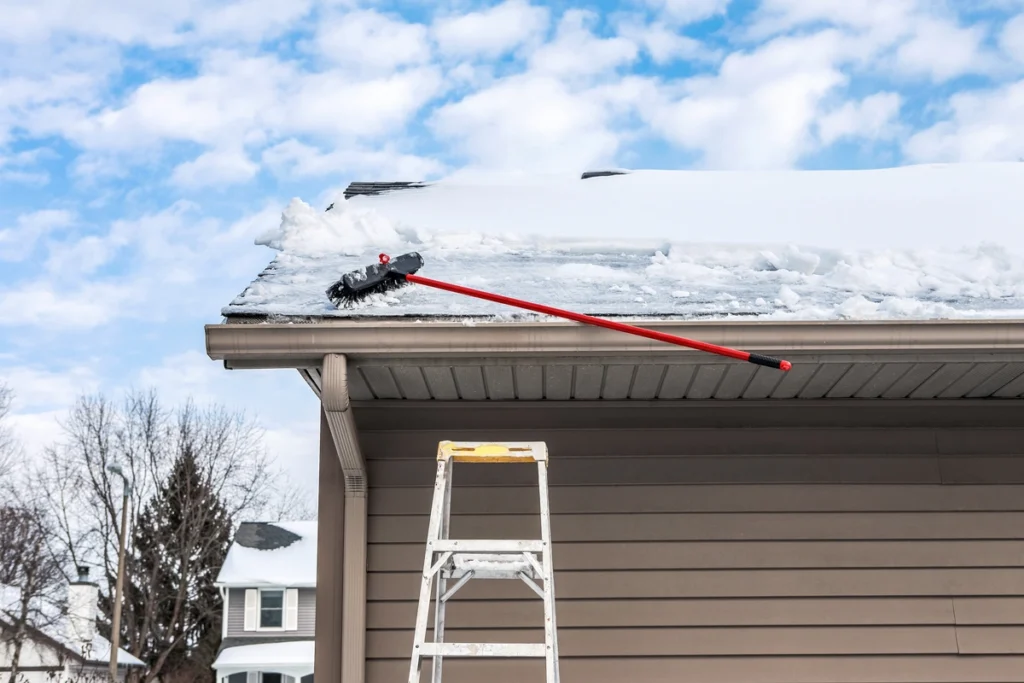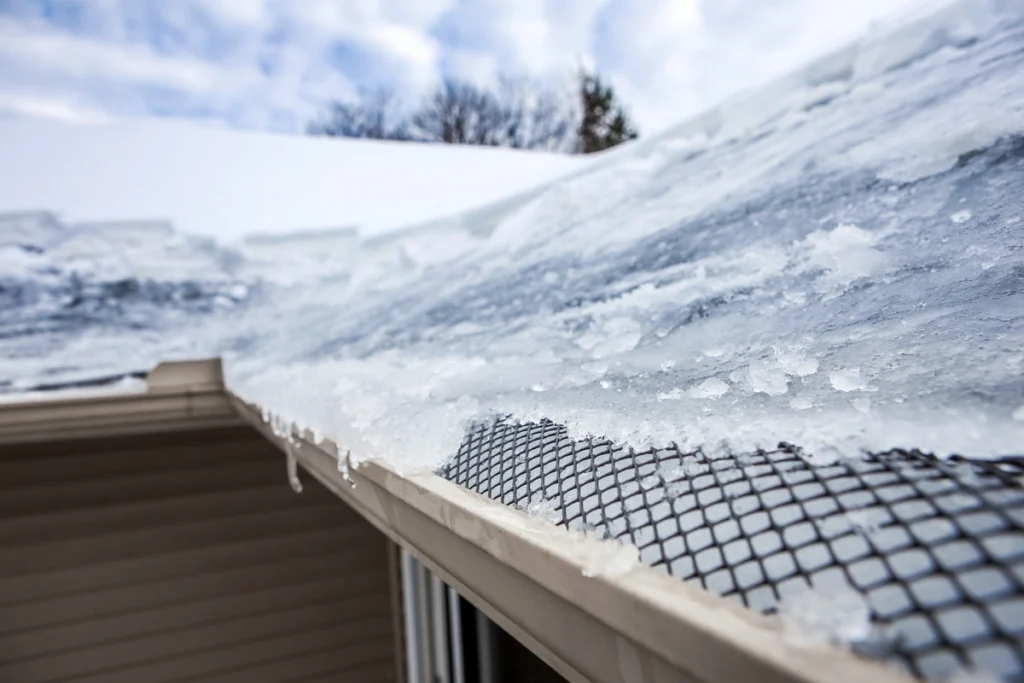Over time, roofs can accumulate dirt, debris, algae, moss, and other unsightly contaminants. In other words: bad news for your shingles. A dirty roof not only diminishes your home’s curb appeal but can also lead to costly damage if left unaddressed.
In this detailed guide, we’re breaking down all you need to know about roof cleaning:
- What it is
- Its benefits
- How to clean your roof
- How often you should do it
- Essential maintenance tips to keep your roof in top condition
Keep reading to learn all about the roof cleaning process.
What is Roof Cleaning?
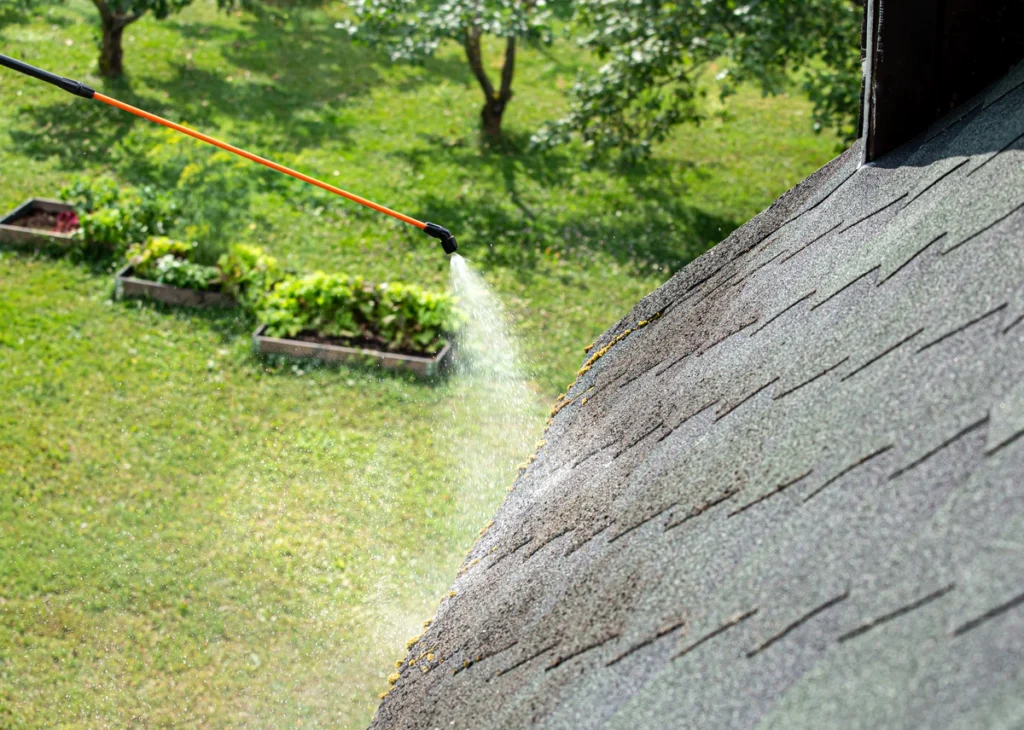
Roof cleaning is the process of removing dirt, moss, algae, lichen, and other contaminants from your roof’s surface. It’s a critical aspect of home maintenance that can help extend your roof’s lifespan, improve its appearance, and prevent potential structural issues.
There are various methods for cleaning roofs, depending on the type of roof and the contaminants present. Common methods include pressure washing, soft washing, and manual cleaning.
Benefits of Roof Cleaning
- Extend Roof Lifespan: Regular roof cleaning can extend the life of your roof. Contaminants like moss and algae can cause shingle deterioration and weaken the structure, leading to costly repairs or replacements.
- Enhance Curb Appeal: A clean roof dramatically improves your home’s curb appeal. It can make your house look newer and well-maintained, increasing its resale value.
- Prevent Structural Damage: Algae and moss growth can trap moisture, leading to rot and damage to your roof’s wooden components. By cleaning your roof, you can prevent these issues from developing.
- Lower Energy Costs: A clean roof reflects more sunlight and heat, reducing the amount of heat absorbed into your home. This can lead to lower energy bills, especially during hot summer months.
- Maintain Warranty: Many roofing warranties require regular maintenance and cleaning to remain valid. Neglecting roof maintenance can void your warranty.
How to Clean Your Roof: 8 Steps
Cleaning your roof involves several steps, and it’s essential to take the right precautions to ensure safety and effectiveness:
Materials Needed:
- Safety gear (harness, helmet, gloves, and non-slip shoes)
- Garden hose with a spray nozzle
- Roof cleaner solution (biodegradable and eco-friendly)
- Scrub brush or broom with soft bristles
- Pressure washer (optional)
- Ladder
Step 1: Safety First
Before you begin, ensure you have all the necessary safety equipment. Never attempt to clean your roof without the proper gear, including a harness and helmet. Safety should always be your top priority.
Step 2: Remove Debris
Start by clearing any loose debris like leaves, branches, and twigs from your roof. Use a roof rake or a broom with soft bristles to gently sweep the surface. Be careful not to damage the shingles or tiles.
Step 3: Pre-wet the Roof
Using a garden hose with a spray nozzle, wet the entire roof surface. This helps to loosen dirt and contaminants and prevents the cleaning solution from drying too quickly.
Step 4: Apply Cleaning Solution
Apply a biodegradable and eco-friendly roof cleaning solution to the roof’s surface. Be sure to follow the manufacturer’s instructions for the specific product you’re using. Allow the solution to sit for the recommended time to break down contaminants.
Step 5: Gently Scrub
Using a soft-bristle scrub brush or broom, gently scrub the roof’s surface to agitate the cleaning solution and loosen dirt, moss, and algae. Be cautious not to damage the roofing material while scrubbing.
Step 6: Rinse Thoroughly
After scrubbing, thoroughly rinse the roof with a garden hose or, if necessary, a low-pressure setting on a pressure washer. Start from the top and work your way down to ensure all cleaning solution and contaminants are washed away.
Step 7: Prevent Future Growth
Consider applying a preventive treatment, like zinc or copper strips, to inhibit the regrowth of moss and algae. These metals release ions that deter these organisms from taking hold on your roof.
Step 8: Final Inspection
Inspect your roof for any remaining debris or damage. Make any necessary repairs or replacements promptly to avoid further issues.
How Often Should You Clean Your Roof?
The frequency of roof cleaning depends on various factors, including your location, the type of roof, and the presence of contaminants. As a general guideline:
- Annual Inspections: It’s a good idea to inspect your roof at least once a year to identify any potential issues.
- Regular Cleaning: Depending on your location and the level of contamination, you may need to clean your roof every 2 to 5 years. Areas with high humidity or frequent rain may require more frequent cleaning.
- Preventive Maintenance: Consider installing zinc or copper strips on your roof to prevent the growth of moss and algae, reducing the need for frequent cleaning.
- Immediate Attention: If you notice significant moss or algae growth or damage to your roof, address it immediately to prevent further deterioration.
Other Roof Maintenance Tips
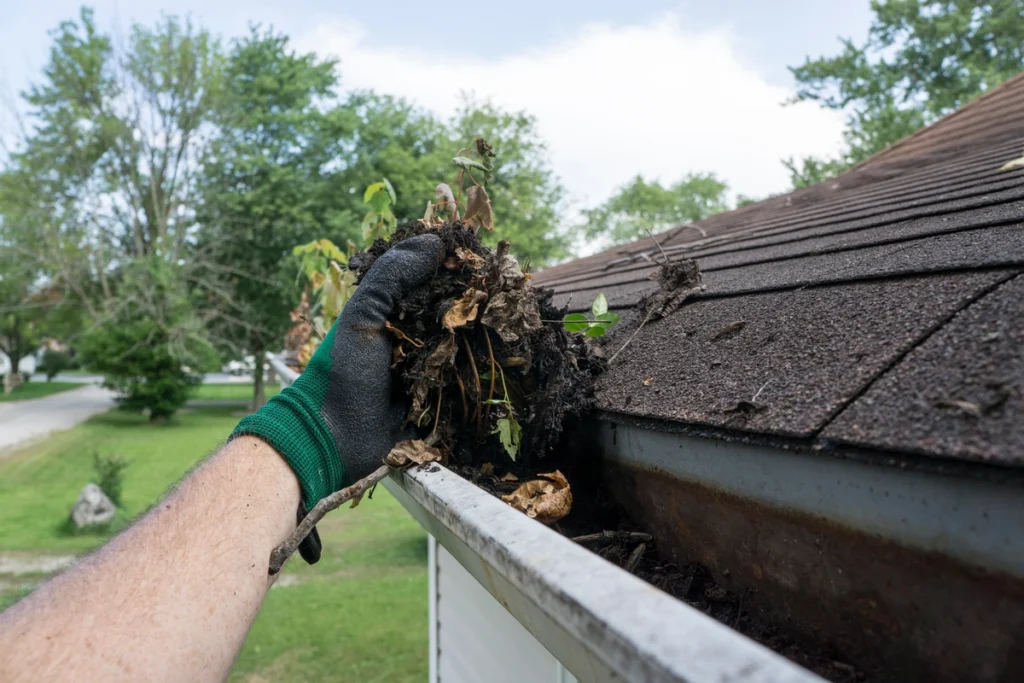
Roof cleaning not cutting it? Here are some other roof maintenance tips that you should consider!
- Trim Overhanging Trees: Overhanging branches can deposit leaves, twigs, and debris onto your roof. Trim them to prevent this and reduce the risk of falling branches.
- Gutter Maintenance: Keep your gutters clean and free of debris. Clogged gutters can lead to water pooling on your roof, causing damage.
- Regular Inspections: Periodically inspect your attic for signs of leaks or moisture. Catching problems early can prevent extensive damage.
- Professional Inspection: Consider hiring a professional roofing contractor for thorough inspection and maintenance services.
- Warranty Compliance: If you have a roofing warranty, make sure to comply with its maintenance requirements to preserve the warranty’s validity.
Work With a Reputable Roof Cleaning Company
Roof cleaning is crucial to maintaining your home’s appearance and structural integrity. By following the steps outlined in this guide, you can extend the life of your roof, enhance your home’s curb appeal, and prevent costly repairs. Remember that safety should always be a priority when working on your roof, and if you’re unsure or uncomfortable with the process, it’s best to hire a professional to do the job. Open Box Roofing is proud to be your partner in crime when it comes to maintaining your roofing materials! Contact us today to learn more about our roof maintenance services.

